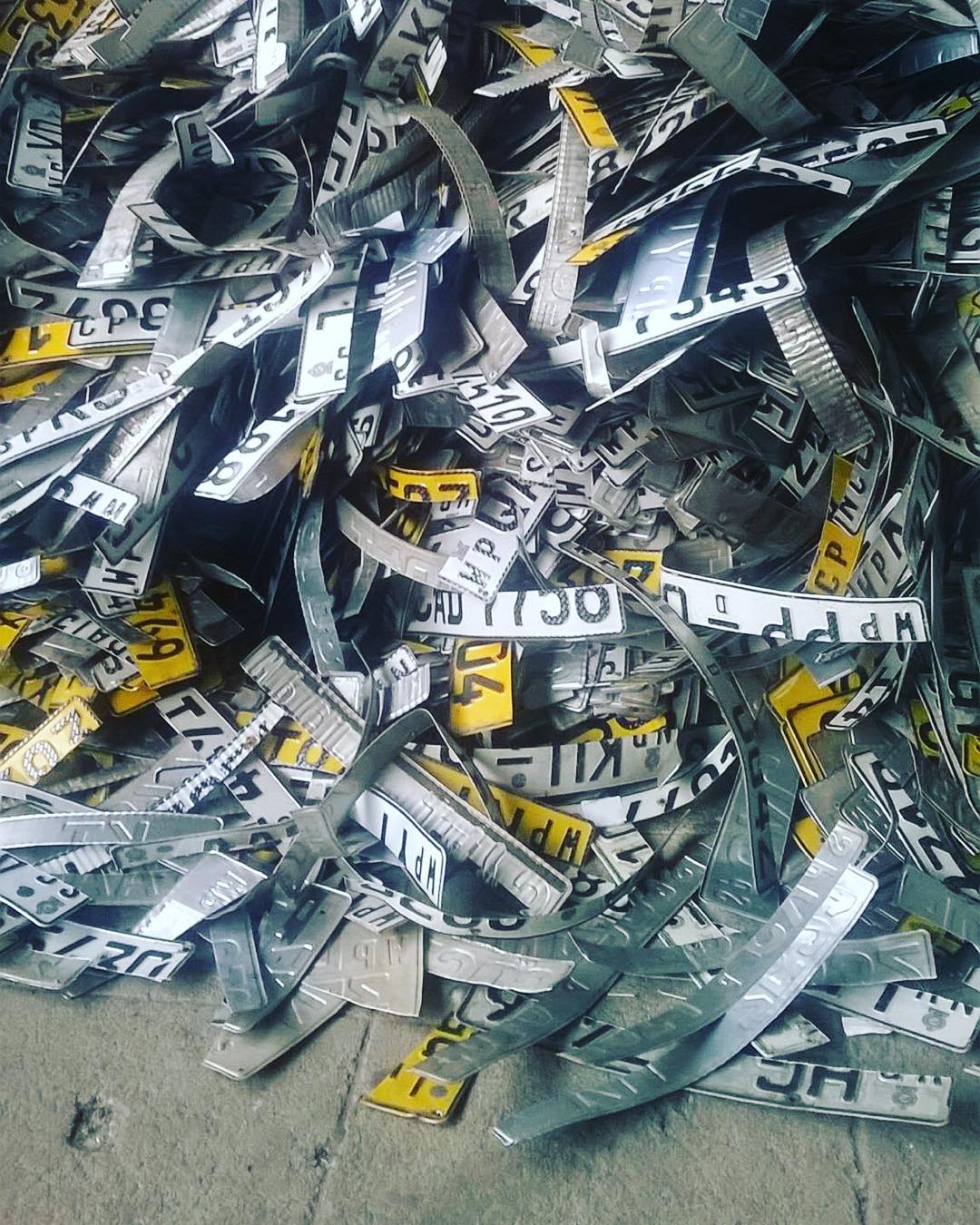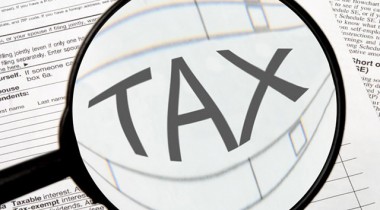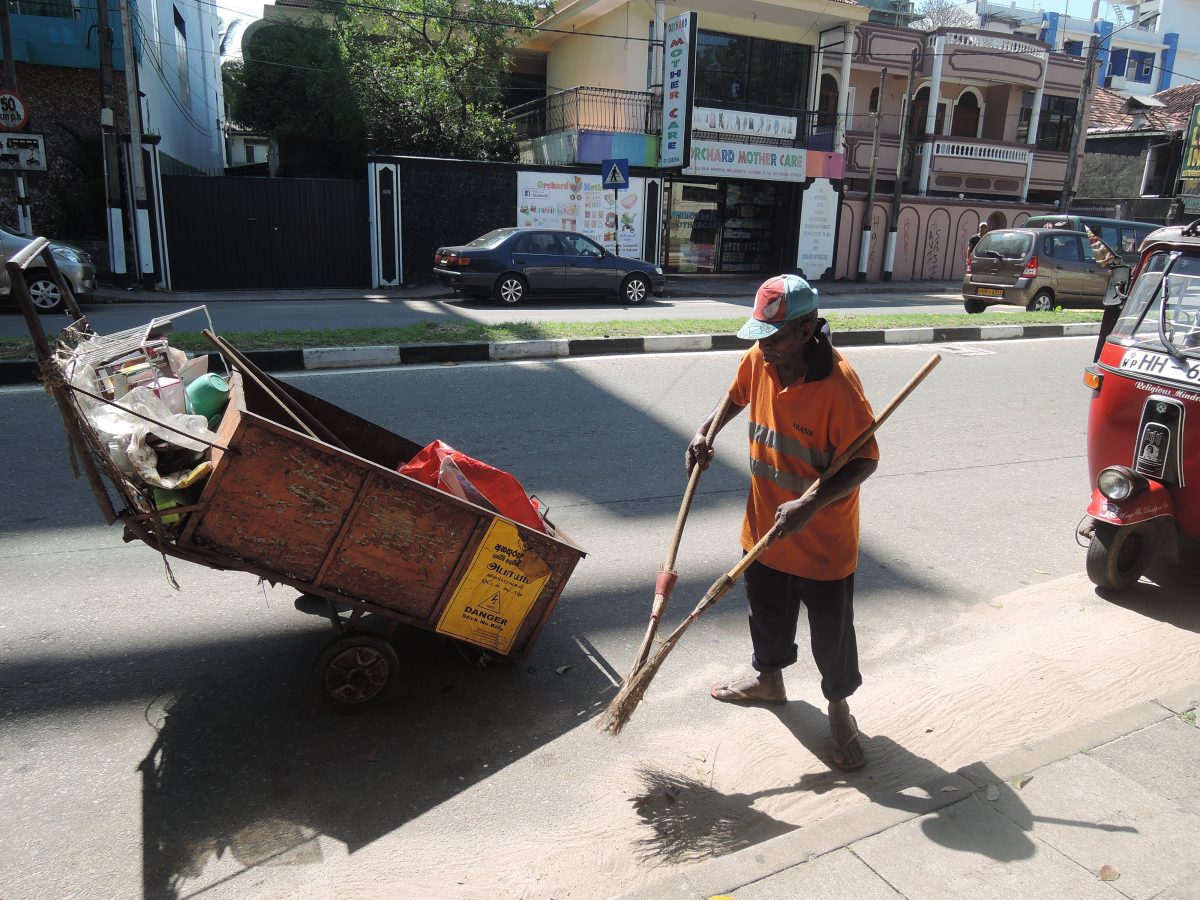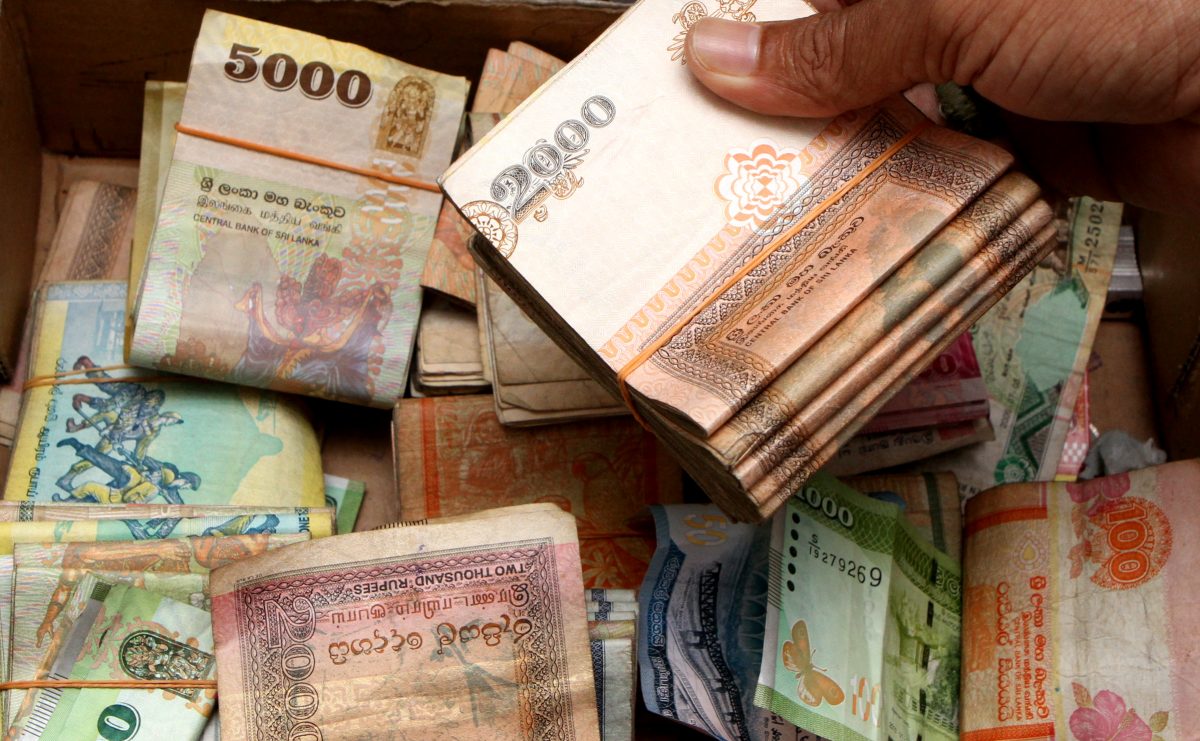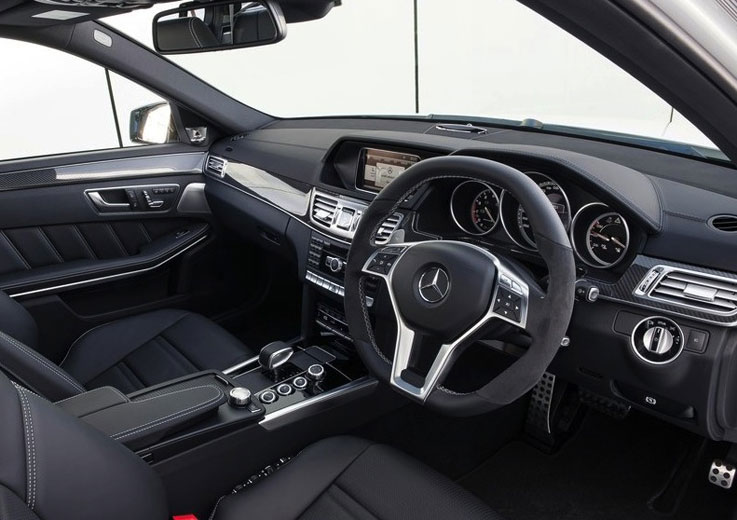
If you were contemplating purchasing a vehicle in the near future, or are in the process of buying one, hold that thought. While you were dreaming of driving down the road in your sporty new Mazda Axela, the government introduced a Transected Value or Unit Rate Tax through an Extraordinary Gazette Notification last night. Was that too technical? Let us explain.
When imported vehicles were brought down to the country, customs calculated the value of motor vehicles based on a few criteria. This used to include:
- Customs value, determined by the Director General of Customs based on the price furnished by the manufacturer of such vehicles.
- Cost of transport to the port of Sri Lanka.
- Loading, unloading, and handling charges associated with transport to the port of Sri Lanka.
- Cost of insurance to the port of Sri Lanka.
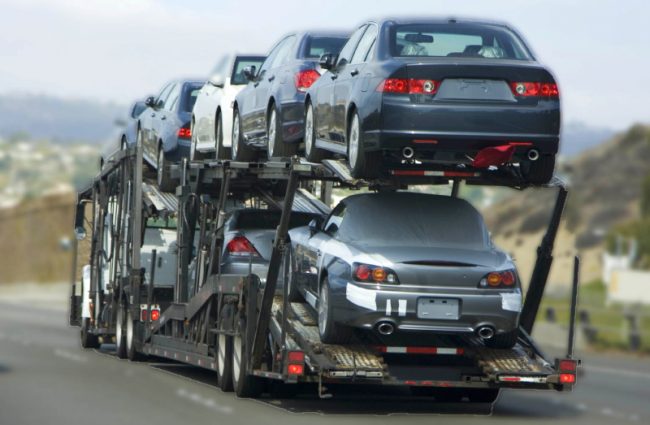
Cost of transporting imported vehicles to the Port is among the criteria used to calculate value of imported motor vehicles. Image credit: livejamaicaupdates.com
Prior to September last year, in an earlier gazette notification (Gazette Notification 1901/3), the customs also took into account the Actual Transacted Fee On board (F.O.B.) value of the vehicle. The FOB includes local charges incurred until the vehicle reaches the port in Sri Lanka. This FOB was excluded since September last year after the Finance Minister signed yet another gazette notification.
What has happened now (or last night) was that this FOB was reintroduced. The crux of the issue is that the customs will base their valuation on the FOB furnished by the manufacturers of these vehicles. The exact way as to how these predetermined values are obtained or provided by the manufacturer is a mystery.
Now fast forward to today. Under the newly introduced Transected Value or Unit Rate Tax according to the Extraordinary Gazette Notification, all custom duties and other levies payable at the time of importation are to be calculated on the basis of Custom Value of the Motor Vehicle. (Note the capital letters).
This Customs Value of the Motor Vehicle will be a summative of the following two conditions:
(A) Transacted value of a brand new motor vehicle
This transacted value of a brand new motor vehicle should be proved with invoice issued by the manufacturer or certified by the manufacturer of that vehicle.
(B) Transacted value of a motor vehicle not coming under A (meaning not brand new)
The transacted value of a motor vehicle not coming under A (which means a vehicle that is not brand new) should not be below 82.5% of the transacted value of a similar or brand new vehicle at the country of export of such vehicles. The transacted value should be proved by an Auction certificate or Local Tax Refund Certificate or Customs declaration at the country of export of such vehicles.
In addition to point (1), there will also be additional costs such as (2) cost of transport, (3) cost of insurance, (4) loading, unloading, handling charges associated with transport to Sri Lankan ports and (5) brokerage and selling commission incurred by the buyer.
In a nutshell, what happens from now on is that the New Duty will take into account a new value system that incorporates the
- Unit Rate
- Transacted value based on auction certificates or certificates mentioned above
- 82.5% of the manufacturer value
All three will be considered and we must pay on the basis of whichever is higher (now you realise the gravity of it).
Let’s get to the exacting part of this (or daunting one, depending on whether you still want that Axela). Chairman of Lanka Vehicle Importers’ Association, Mahinda Sarathchandra, explained that the cost of vehicles with a cylinder capacity between 1000cc and beyond will be increased.
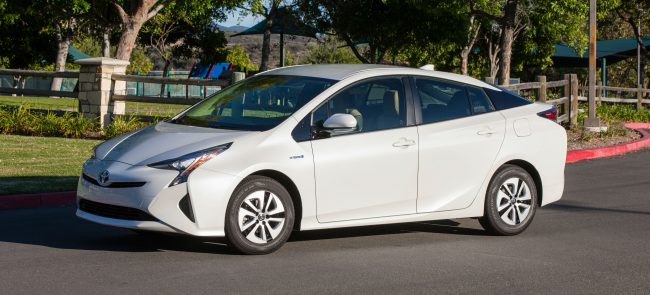
The Toyota Prius, a popular car on Lankan streets, is among the vehicles that will see an increase in price. Image credit: hybridcars.com
This includes a range of Toyota vehicles such as Aqua, Prius, Axio, Voxy, Lexus, Camry, Premio, (all Hybrids of the above) and Land Cruiser.
In the Honda range, the prices of the Fit, Grace, Accord (all three hybrids) and CRV would be increased. In the Nissan range, the prices of both X-trail (regular) and Hybrid will also go up. As for your dreams of the Mazda, the Axela Hybrid and CX5 will also go up.
The prices of the Mitsubishi Outlander, Subaru Axela Hybrid, Mercedes C Class Plug in Hybrid and BMW X5 XDrive will also shoot up.
What Sarathchandra says would happen is that an importer like him will bring down less of the above vehicles because it will undoubtedly be too expensive. Once they’ve brought them down, selling the vehicles would not be practical because the price will be increased.
“I might not even bring down any of these,” said Indika Sampath Merenchige, President of the Vehicle Importers Association of Sri Lanka (VIASL). “There will be more vehicles that are less than 1000cc being brought down and sold.”
Sarathchandra explained the price increase by saying that since the Unit Rate is at Rs. 4,000 (Multiply 400 x 1800cc), the price of a Toyota Prius which used to cost roughly around Rs.3.7 million, would now go up by Rs.7.1 million.
In the same way, the Mazda Axela which cost Rs. 3.8 million would cost Rs. 8 million, a petrol Prado 150 will be increased by Rs. 5 million and Land Cruiser 202 by Rs. 10 million.
Vehicle Prices That Have Gone Down
The good news is that prices of some of the smaller vehicles with an engine capacity of less than 1000 CC such as Toyota Vitz, Passo, Honda Shuttle (Hybrid), Freed, Vezel, Insight, Suzuki Hustler and Wagon R (hybrid) will be decreased.
Sarathchandra, speaking to Roar, mentioned that the prices of electric vehicles will be increased based on battery capacity. Customs duty on electric vehicles with battery capacity of 100KW has been reduced. Therefore the customs duty of Rs. 2.9 million on a Nissan Leaf electric vehicle would be reduced to Rs.1.7 million.
Taxes on lorries, buses and vans have not been increased.
The Second Hand Car Market
Merenchige said that the effect of this tax would not be very significant on the second hand market of cars. “There could be a slight increase,” he said. “Because the second hand market primarily relies on the purchasing power of the buyer and the value of the car.”
The Numbers Game
Surprisingly enough, a day before this gazette notification was introduced and implemented, the Ceylon Chamber of Commerce Vehicle Market report (released on May 25, 2016) found that expenditure on imports of motor vehicles into Sri Lanka recorded a 60% growth in 2015 compared to 2014. Sri Lanka’s expenditure on motor vehicle imports during the year 2015 has accounted for 7% of the total import bill of the country and took up 13% of total export earnings.
The increase in Excise Duty levies will undoubtedly have a domino effect on vehicle imports and ultimately sales. The new prices are puzzling but at least we now know how the numbers add up. Watch this space as Roar continues to report on the story.
Featured image courtesy: Bloomberg

